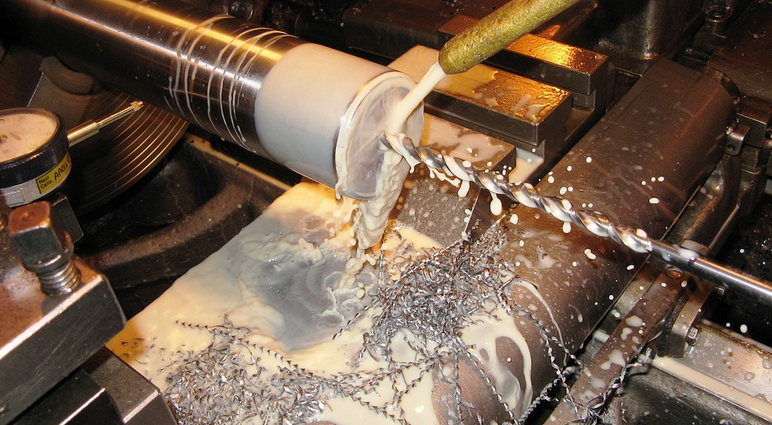Understanding Direct Current (DC) Welding
Direct current welding machines, also known as DC welders, have long been the go-to choice for many metal fabrication and joining tasks. Unlike their alternating current (AC) counterparts, DC welders offer specific advantages that make them highly versatile and powerful tools in various industries.
DC welding machines generate a continuous flow of electrons (direct current), which allows for precise control over the welding process. This unique characteristic enables them to create deep penetration welds with higher consistency compared to AC-based methods. The ability to regulate the welding current precisely is critical, especially when working with thin materials or delicate components.
Unleashing the Power of DC Welding
The power and efficiency of DC welding machines are particularly advantageous for certain applications, such as:
**Heavy Gauge Metals:** DC welders excel at joining thick steel sheets, beams, and structural members. The high-current output and control offered by DC systems allow for efficient weld penetration in thicker materials.
**Stainless Steel & Alloy Welding:** The ability to handle the unique properties of stainless steel and other alloys is a key advantage of DC welding. It enables precise control over weld bead shapes and characteristics, ensuring clean and strong joints even with these reactive metals.
The DC Welding Process: A Closer Look
**Electrode Selection:** The type of electrode used plays a crucial role in the success of DC welding. For instance, shielded metal arc electrodes (SMAW) offer versatility for various thicknesses of metal and are widely used.
**Welding Modes:** The choice of welding mode depends on the specific application. Some common modes include:
- **Shielded Metal Arc Welding (SMAW):** A robust method using electrode coatings for enhanced arc stability and ease of use, ideal for applications with high currents.
- **Gas Metal Arc Welding (GMAW):** This versatile process uses a continuously fed wire electrode and shielding gases to create smooth, high-quality welds in various materials.
- **Flux-Cored Arc Welding (FCAW):** Suitable for outdoor or confined spaces, FCAW employs flux-cored wires that provide shielding gas directly to the weld pool, simplifying welding tasks.
The Advantages of DC Welding Machines: Why They Reign Supreme
**Control and Precision:** A hallmark of DC welding is its precise control over welding current. This allows for fine-tuning of parameters like amperage, voltage, and welding speed to achieve desired weld penetration, bead shape, and finish.
**Efficiency & Durability:** The high efficiency of DC systems translates into a longer lifespan and reduced maintenance compared to other methods.
**Versatile Applications:** DC welders are used in diverse applications across various industries, including automotive manufacturing, construction, shipbuilding, and aerospace.
**Clean & Precise Welding:** With the ability to control heat input precisely, DC welding offers clean welds with minimal spatter, creating smoother surfaces for intricate workpieces.
DC Welding Machines in Action
Let’s delve into a few real-world examples of how DC welding machines are used:
**Construction:** DC welding is essential for joining structural elements, such as beams and columns in steel bridges or building frameworks. It ensures reliable connections that withstand various weather conditions and heavy loads.
**Automotive Manufacturing:** Welding car bodies, chassis components, and engine parts are common tasks using DC welders, ensuring strong, seamless joints that contribute to vehicle performance and safety features.
**Aerospace Engineering:** The precision required in aerospace applications demands high-quality welding. DC systems excel in delivering controlled welds for critical aircraft components like landing gear, wings, and fuel tanks.
Conclusion: An Enduring Legacy of Excellence
DC welding machines continue to hold their ground as a reliable solution for metal fabrication due to their unmatched control, efficiency, versatility, and long-term performance. As technology advances, these machines are becoming even more sophisticated, delivering higher quality welds with improved precision and automation.
